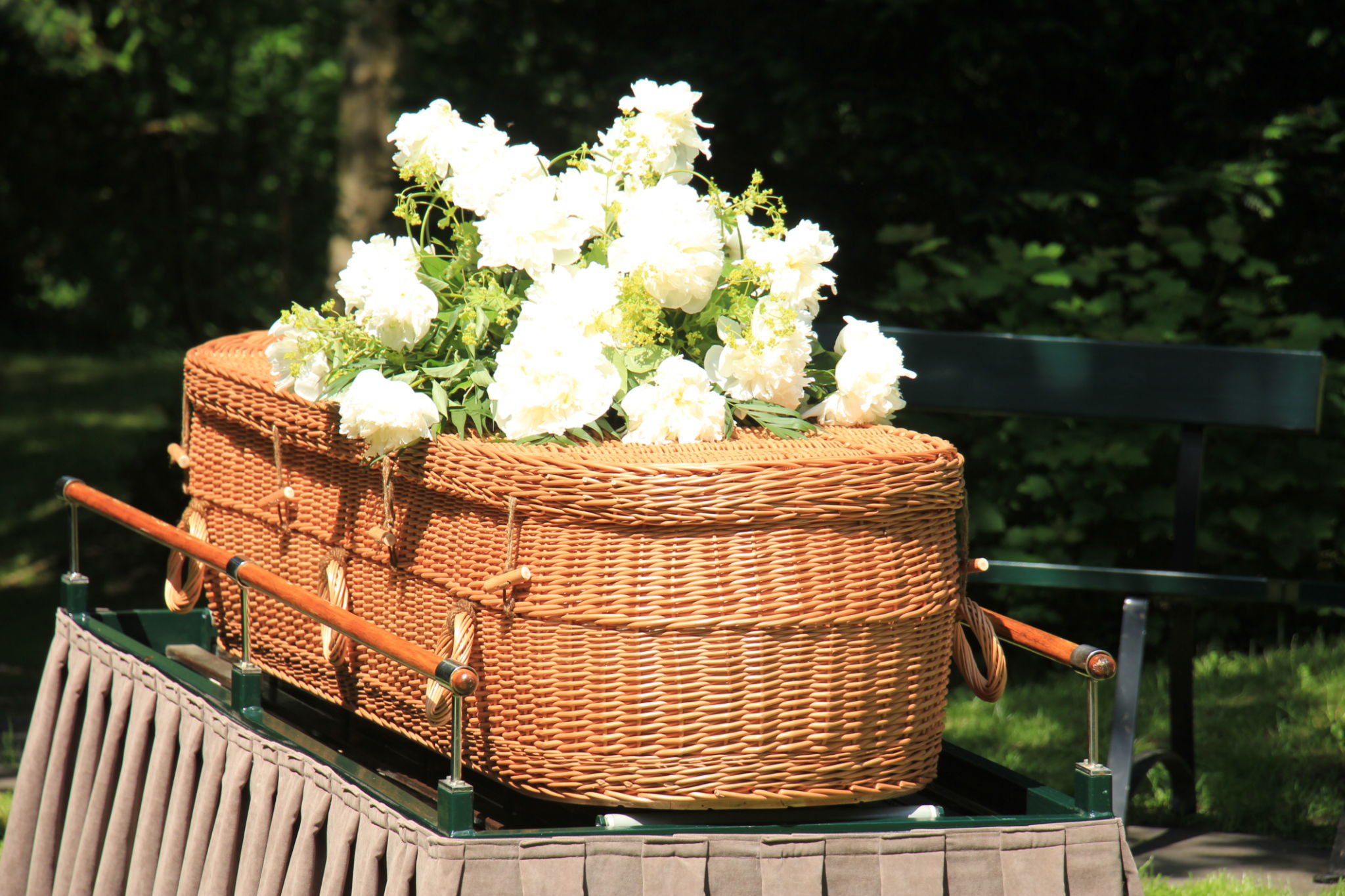Ayahuasca and Mimosa Hostilis: Exploring Their Traditional Uses and Modern Interpretations
Understanding Ayahuasca and Mimosa Hostilis
Ayahuasca and Mimosa Hostilis are two plant-based substances that have been used for centuries in traditional healing practices. Originating from the Amazon basin, Ayahuasca is a brew made from the Banisteriopsis caapi vine and other ingredients. It is often used by indigenous tribes for spiritual and medicinal purposes. Mimosa Hostilis, on the other hand, is a tree native to Brazil and parts of Mexico, known for its root bark, which contains psychoactive compounds.
Both Ayahuasca and Mimosa Hostilis have gained popularity in recent years due to their purported ability to offer profound insights and personal healing experiences. While they share some similarities, each has unique properties and traditional uses that continue to capture the interest of those exploring alternative healing practices.

Traditional Uses and Cultural Significance
In traditional settings, Ayahuasca is often consumed during ceremonial rituals led by experienced shamans. These ceremonies are deeply spiritual and are believed to facilitate communication with the spirit world, offering guidance and healing to participants. The brew is considered sacred, and its use is typically surrounded by specific rituals and traditions that have been passed down through generations.
Mimosa Hostilis, known as Jurema in Brazil, has a rich history in indigenous rituals. It has been used in ceremonial contexts to induce meditative states and visions. The root bark is often prepared into a tea or mixed with other substances to enhance its effects. The cultural significance of these plants is deeply rooted in their communities' traditions, illustrating their importance beyond mere psychoactive properties.

Modern Interpretations and Uses
In the modern era, Ayahuasca has become a focal point for those seeking alternative therapies outside the traditional healthcare system. Many people report experiencing profound personal insights, emotional healing, and a sense of connectedness after participating in Ayahuasca retreats. These retreats often incorporate elements of traditional practices but are adapted to meet the expectations of Western participants.
Mimosa Hostilis has also found its place in contemporary settings, particularly in the realm of natural dyes and cosmetics. The root bark is renowned for its vivid purple dye, used in textiles and art. Moreover, modern interpretations have led to an increased interest in its psychoactive properties, where it's sometimes used in conjunction with other substances to explore consciousness.

The Science Behind the Plants
The psychoactive effects of Ayahuasca are primarily attributed to the presence of DMT (N,N-Dimethyltryptamine), a powerful hallucinogen found in the ingredients of the brew. When consumed with an MAOI (monoamine oxidase inhibitor) like those found in the Banisteriopsis caapi vine, DMT becomes orally active, leading to its intense effects. Scientific studies have begun exploring its potential therapeutic benefits, particularly concerning mental health conditions like depression and PTSD.
Mimosa Hostilis also contains DMT in its root bark, contributing to its psychoactive potential. Research into its chemical composition has revealed numerous compounds that may have medicinal properties, prompting further interest from the scientific community. This growing body of research aims to understand the mechanisms behind these plants' effects and their potential benefits for modern medicine.

Legal Considerations and Safety
While Ayahuasca and Mimosa Hostilis have traditional roots, their legality varies across the globe. In many countries, DMT-containing substances are classified as controlled substances, making them illegal outside specific religious or ceremonial contexts. However, some countries have legalized or decriminalized their use for ceremonial or therapeutic purposes, leading to a growing number of legal retreats.
Safety is a crucial consideration when exploring these substances. Both plants can induce intense psychological experiences that may not be suitable for everyone. It is essential to approach their use with respect and caution, ideally under the guidance of experienced practitioners who can provide support throughout the experience.
In conclusion, Ayahuasca and Mimosa Hostilis offer a fascinating glimpse into the intersection of traditional practices and modern interpretations. As interest continues to grow, so too does our understanding of these powerful plants and their potential roles in personal growth and healing.